Oleksiy Vasyliuk, Eugene Simonov
Translated by Jennifer Castner
International development banks are extremely important participants in Ukraine’s recovery. It is important for civil society to engage in dialogue with them, and banks must comply with strict social and environmental requirements as well as discuss projects with civil society. The war has inflicted tremendous damage on the energy sector, including on hydropower plants, and at the end of 2023, European development banks announced loans to modernize the Dnipro River cascade of hydropower plants. This article discusses civil society’s options for talking about this complex issue and suggests ways to advise international banks in order not to miss opportunities for improving the environmental situation in the Dnipro floodplain, both now during planning and implementation of key reconstruction projects in Ukraine.
International banks – leverage for Ukraine’s green recovery
During this war, international development banks (IDBs) are playing an important role in the support and green recovery of Ukraine – their role may only grow in the near future.
According to estimates by the European Parliament, the World Bank has already spent USD 30 billion in Ukraine since 24 February 2022, mainly in support of macroeconomic stability, as well as projects in energy, road and urban infrastructure, and agriculture. Some projects, for example, a program to improve Luhansk Oblast’s rural economy, had to be refocused on emergency needs at the discretion of the Ukrainian government.
Since the beginning of the war, the European Bank for Reconstruction and Development (EBRD) has invested EUR 3 billion in restoring Ukraine’s infrastructure and maintaining the stability of its banks and the energy industry. The entire “bank portfolio” in Ukraine is roughly EUR 5 billion. The largest state energy companies Naftogaz and Ukrenergo have each received loans totaling EUR 300 million. Thanks to these significant investments, Ukraine managed to ride out winter 2022-2023, when the Russian military used massive missile attacks to deliberately destroy key energy infrastructure facilities (power plants, trunk power lines, and 42 of Ukraine’s 94 high-voltage transformers).
A report prepared jointly by the United Nations Development Program (UNDP) and the World Bank in preparation for the first anniversary of the war shows that Ukraine’s energy system remains extremely vulnerable; it operates with limited safety margins. Electricity generation capacity in Ukraine has decreased by almost 50% on 2022, including the loss of more than 67% of thermal generation capacity. The total damage to the energy system exceeds USD 10 billion.
On 19 December 2023, EBRD shareholders approved a 13.3% increase in the bank’s paid-in capital by EUR 4 billion to ensure continued support for Ukraine. The EBRD expects to provide Ukraine with investments of approximately EUR 1.5 billion per year from its own funds during the war and then increase support to EUR 3 billion per year in the recovery phase.
In March 2022, the European Investment Bank (EIB) launched the “Solidarity with Ukraine” emergency fund for 2022-2023, allocating EUR 2.3 billion on the basis of reallocating existing loans. In addition, the EU Fund for Ukraine attracted financial commitments from 20 Member States totaling EUR 415 million. Investment projects will cover energy, energy efficiency, roads, transport, education, infrastructure, and reconstruction and rehabilitation programs.
At the end of December 2023, the EIB specifically announced the allocation of EUR 99.6 million to help the Ukrainian government restore and modernize critical infrastructure damaged by ongoing Russian shelling. These funds make it possible to rebuild roughly 200 small municipal and social infrastructure projects, including in Chernihiv, Dnipro (formerly Dnipropetrovsk), Kharkiv, Kyiv, Mykolaiv, Odessa, Sumy, Volyn, and Zhytomyr.
Banks and environmental organizations
The main partner of these banks is the Government of Ukraine, and the official guiding document for the country’s recovery is the “Lugano Recovery Plan”, the environmental shortcomings of which prompted a scathing rejection by many community organizations. All development banks have detailed environmental and social standards and are obliged to consult with representatives of civil society. Requests from community organizations have frequently prompted development banks to modify, improve, or cancel potentially dangerous projects proposed by government agencies. It is important for NGOs to be in close dialogue with IDBs in order to improve Ukraine’s restoration programs and quickly identify project concepts that could cause damage to nature.
As mentioned above, these banks are guided by their environmental and climate standards when allocating money for Ukraine’s reconstruction. In 2023 Vice President of the European Investment Bank Teresa Czerwińska stated that, “Inclusive, green, and resilient growth of Ukraine is a top priority for the EIB. As the EU climate bank, we focus on projects that provide for a greener future for Ukraine. We minimize the carbon footprint in the reconstruction process. For example, since 2014 we have rebuilt over 100 buildings: schools, hospitals, and so on. These reconstructions are green and allow to save up to 50% of energy.” Bank priorities also include the development of hydropower and many other sectors that require vigilant public control.
International support programs for renewable energy and hydropower electricity generation are connected not only to the need to attain global climate obligations, but also to prospects for other European countries to gain stable access to “green” energy produced in Ukraine.
The peaking capacities of these hydropower plants and pumped storage power plants appear to be particularly valuable resources, given that the building of such plants on Europe’s rivers today is extremely problematic due to negative socio-ecological consequences and almost full utilization of all watercourses where such projects could be possible. Dikes and dams are the most common issue preventing the restoration of Europe’s river ecosystems today. At present, the EU plans to restore 25,000 kilometers of free-flowing rivers by 2030.
International banks and Ukrainian hydropower
In the decades before this war, international development banks considered supporting the creation of new hydropower stations and hydroelectric and pumped storage power plants using Soviet-era designs on the Dniester, Southern Bug, and Dnipro rivers. Each of these projects raised concerns among scientists, as well as protests from the environmental community and local residents. Well-known international organizations such as CEE Bankwatch Network were involved in risk analysis and even produced documentaries to inform the local population about the risks. As a result, none of the proposed new hydropower stations were implemented with funding from cautious international banks.
At the same time, banks are willing to provide Ukraine with money for the modernization of aging Soviet-era hydropower plants, facilities that require regular renovation and replacement of key equipment. Modernization of a single large hydropower plant often requires a loan of USD 100 million or greater, and a return on the investment is reliably guaranteed by the sale of the electricity produced. Unlike dispersed wind and solar power plants, large hydropower facilities are convenient for providing large loans, and as a result, bank staff prefer to support these sorts of “no sweat” projects. Ukrhydroenergo regularly received loans to renovate Soviet dams, but, unfortunately, these projects rarely included the task of reducing the environmental damage they routinely caused. In the EU, and even more so in the United States, reducing “chronic” environmental impacts in accordance with present-day legislation is a mandatory requirement not only for large modernization projects, but even simply for renewing the license to operate hydropower plants. After all, some dams have been in service for centuries and were created at a time when there were no environmental requirements for them whatsoever.
Nevertheless, the repair of existing environmentally-harmful hydropower plants, as a rule, is much less damaging than building new ones under claims of “sustainability” and “environmental friendliness”. Real modernization can, in fact, bring great benefits. In 2021, the World Bank and Ukrhydroenergo launched an innovative project for “Improving Power System Resilience for European Power Grid Integration”. The project is based on the assumption that Ukraine’s energy system and hydropower stations themselves are not sufficiently flexible and their safe integration with the EU network will be facilitated by integrating hydropower plants with batteries and small solar power plants for short-term energy storage. Given that hydropower plants are usually presented as the most maneuverable and flexible type of generation, such a conclusion seems paradoxical. Nevertheless cross-integration of hydropower generation, battery storage, and photovoltaics is promising. The project should be implemented at Kaniv and several other hydropower stations in the Dnipro cascade, as well as at the Dniester hydropower station to the southwest. The war makes the need for a safe and reliable connection to the EU energy grid an urgent and important task.
Restoration and modernization of hydropower in wartime
While in the first months of the war it seemed to UWEC experts that hydropower plants suffered significantly fewer losses than other types of power generation, the subsequent targeted destruction of hydropower infrastructure by Russian missiles in December 2022, and ultimately the destruction of the Kakhovka hydropower plant dam in June 2023, underscored their greater vulnerability.
Ukrhydroenergo, Ukraine’s leading hydropower producer, reports that Russia has carried out fifty plus attacks on hydropower facilities during the war, disabling some 2,500 MW of generating capacity (of a total of 6,000 MW). After the destruction of the Kakhovka hydropower plant and targeted shelling of the Dnieper hydropower plant, Ukrhydroenergo appealed to banks and other foreign partners for help in restoring capacity.
Banks quickly came to the rescue. In December 2023, the European Investment Bank allocated a new tranche of EUR 113 million for the repair of hydropower plants damaged by shelling on the Dnieper cascade within the 2012 “Rehabilitation of Hydropower Plants” project.
A new EBRD loan of EUR 200 million is planned to be disbursed in January 2024, financing the replacement of four outdated generators at Dnepro HPP that were damaged by shelling, ultimately increasing capacity by 16%. Funding repairs and equipment replacement can only be welcomed, but the environmental community also seeks consideration and reductions of the chronic negative environmental impacts of hydropower during that reconstruction. This is especially relevant today, following dramatic changes along the lower Dnieper after the disappearance of Kakhovka Reservoir.
Along with Ukrainian officials, banks would like to avoid conducting environmental impact assessments until the conclusion of martial law, despite the obvious need. The EBRD baldly states: “While the Company is an existing client, the Bank has not undertaken a project with the Company for some time, and no new projects were done under the 2019 E&S Policy (ESP). Recent pre-war attempts to undertake projects have not provided sufficient, additional, E&S information and ESD therefore cannot state that current corporate E&S standards are compliant with the Bank’s Environmental and Social Policy. Due to the ongoing war and associated security risks, the Bank is unable to undertake meaningful additional environmental and social due diligence on both the project, and on other Company projects. An independent environmental and social audit is, therefore, required to be undertaken both on the Project, and on corporate Environmental, Social and Governance management systems, within 12 months of martial law lifting in Ukraine.”
Also in need of further clarification is the EBRD’s contradictory position according to which replacing generators at hydropower plants during martial law is permissible, while assessing the impacts of such work and analyzing Ukrhydroenergo’s corporate responsibility are impossible. A future environmental impact analysis, after modernization of the hydropower plant is complete, may reveal omissions, but many will be impossible to correct. Timely dialogue between banks and civil society is needed now in order to consider the environmental components of such projects, despite the fact that, at present, conducting an Environmental Impact Assessment (EIA) and public discussion in Ukraine is limited under martial law. Despite that challenge, the war does not somehow cancel the environmental and social standards of banks, especially since Ukrhydroenergo’s compliance with those standards is already raising doubts within the EBRD.
Environmental flow – is it a task for hydropower plant restoration?
In accordance with the hydropower standards that European banks themselves have adopted, efforts to restore the Dnipro hydroelectric cascade must be coordinated with biodiversity conservation objectives and the restoration of ecosystem services and local economies in the Lower Dnipro region. After the release of the waters in Kakhovka Reservoir, conditions changed dramatically, and currently the impact of Dnipro Hydropower Plant operations and the downstream cascade are subject to new, detailed environmental and social assessments.
First and foremost is the question of how to conduct environmental flows (water releases) from the hydropower plant to sustain downstream ecosystems. Such seasonal environmental releases downstream of the Dnipro hydropower plant support the restoration of biodiversity and ecosystem services for natural floodplain river ecosystems. Strategic investments in the renovation of hydropower stations in the Dnipro cascade are positioned to require the development and implementation of an Environmental Flow Management Plan. The destruction of Kakhovka dam means that the subsequent restoration of floodplain ecosystems is already underway across a huge landscape. Such a large floodplain cannot be managed without revising the requirements for environmental flow management. These revisions would be reflected in regulations for the use of water resources at Dnipro HPP and the entire cascade.
Can the limits of maneuvering capacity be overcome?
The emptying of Kakhovka Reservoir has noticeably complicated daily water discharges downstream of the Dnipro hydropower station. Today, hydro-peaking cannot be leveled by the Kakhovka Reservoir in order to cover peak demand; instead the river flows directly into the Dnipro river channel near Khortytskyi National Reserve. Sudden changes in water flow can cause river bank erosion and negatively affect aquatic fauna and flora. Development and implementation of such a scheme for restoring the maneuvering capacities of the Dnipro hydropower plant and the entire cascade could be an important task for restoration. A well thought out plan could eliminate negative environmental impacts stemming from daily hydro-peaking. In the event that a “counter-regulator storage basin” could be engineered downstream of Dnipro hydropower plant, an option provided for in a Ukrainian Cabinet of Ministers’ resolution of the Cabinet of Ministers, it is important to minimize impacts on the river ecosystem’s natural and cultural complexes, including downstream government-protected areas.
When considering investments to modernize the Dnipro dam cascade, the EBRD and EIB will need to examine the restoration and development of modern management systems in the Lower Dnipro. Operation of the Dnipro cascade is of decisive importance for the environmental wellbeing and sustainable development of the Lower Dnipro.
EIB and EBRD projects may also affect Ukrhydroenergo’s plan for the restoration of the Kakhovka hydropower plant. According to many scientific and community organizations, reconstruction of Kakhovka’s reservoir will result in enormous environmental losses with extremely dubious economic benefits. Meanwhile, the structure of currently allocated loans is consistent with the hypothesis that European banks may consider reconstruction of the Kakhovka hydropower plant to be a promising project. For example, half of a EUR 200 million loan is provided by the Italian government. It is likely that, among other objectives, such a contribution supports the participation of Italy’s largest company WeBuild (formerly Salini Impregilo) in Ukrainian power hydropower sector. Ukrhydroenergo and WeBuild have already signed a memorandum of cooperation, which has been approved by the two governments, that is related to the “creation of new hydropower plants and conversion of hydropower stations into pumped storage power plants.” Research by European scholars shows that WeBuild received low scores in corporate responsibility and was a key executor of many of the most odious hydroelectric long-term hydropower construction projects, including the Nenskra hydropower station in Georgia, Gibe-III in Ethiopia, and the Rogun hydroelectric power station in Tajikistan.
During and after the war, the preservation of Ukrainian river ecosystems and the sustainable development of their watersheds is a complex set of challenges, solutions to which are impossible without productive interactions between multilateral development banks, NGOs, the expert community, and relevant government agencies in Ukraine.
Main image source: Freepick.com



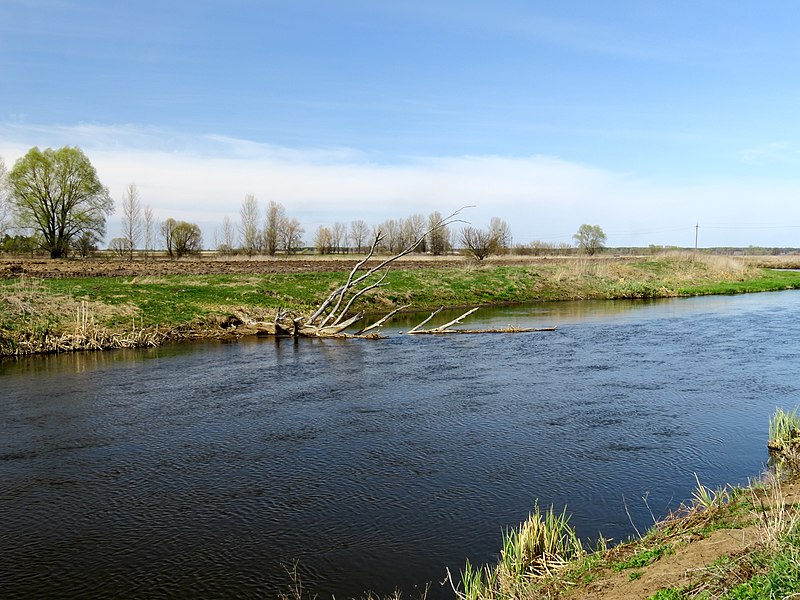
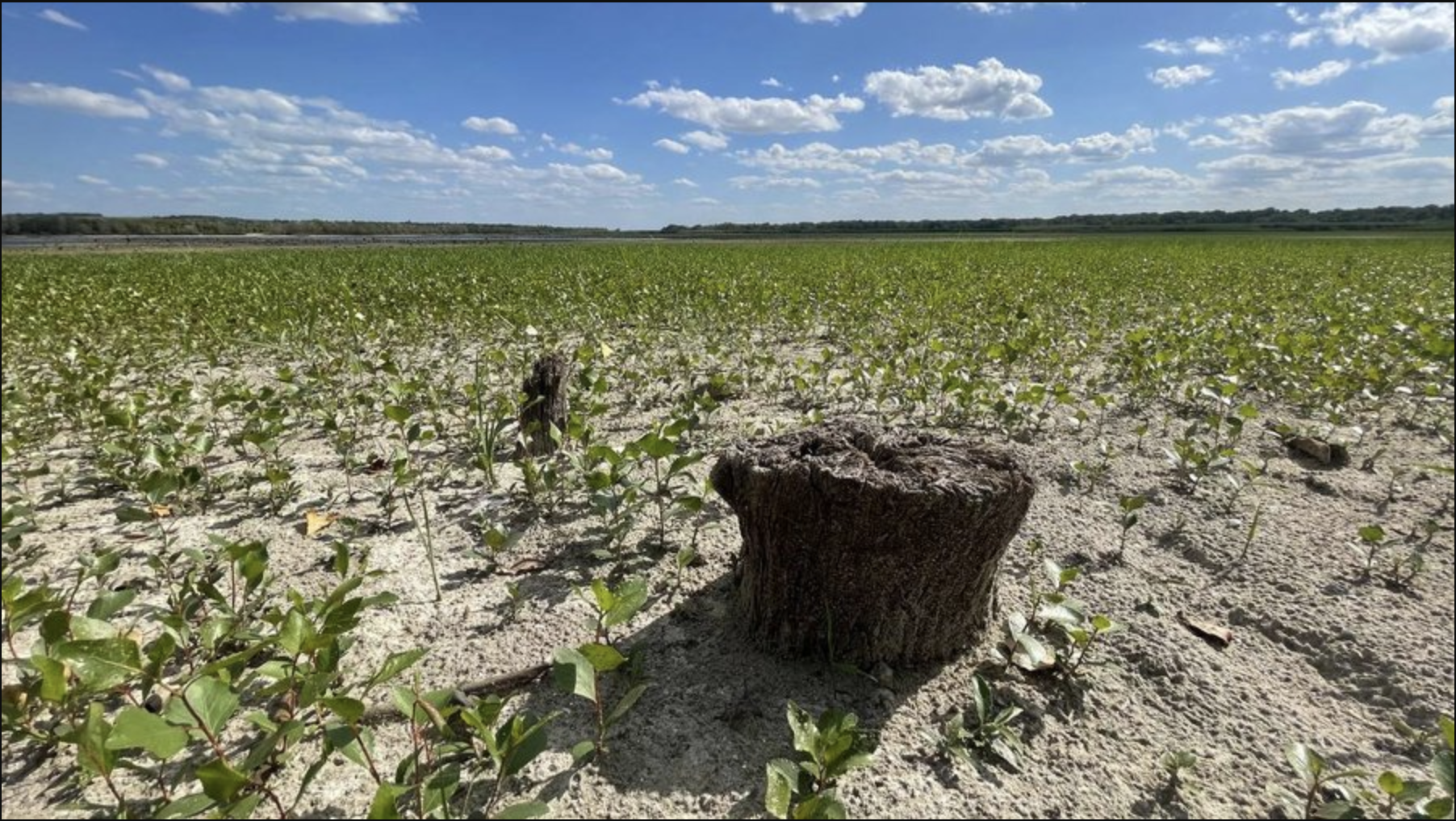
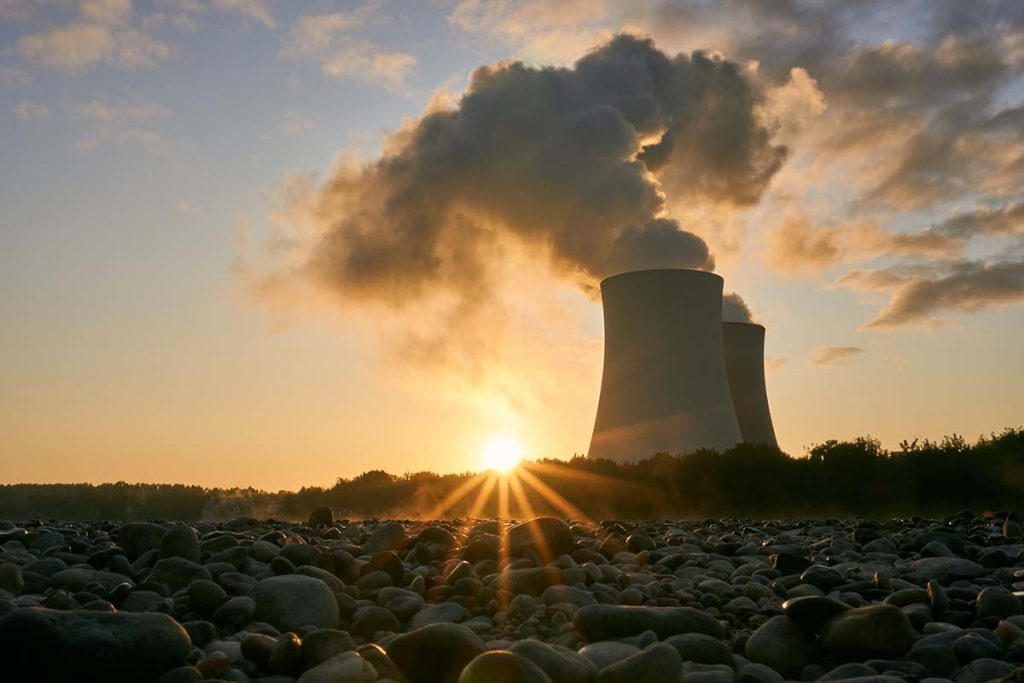
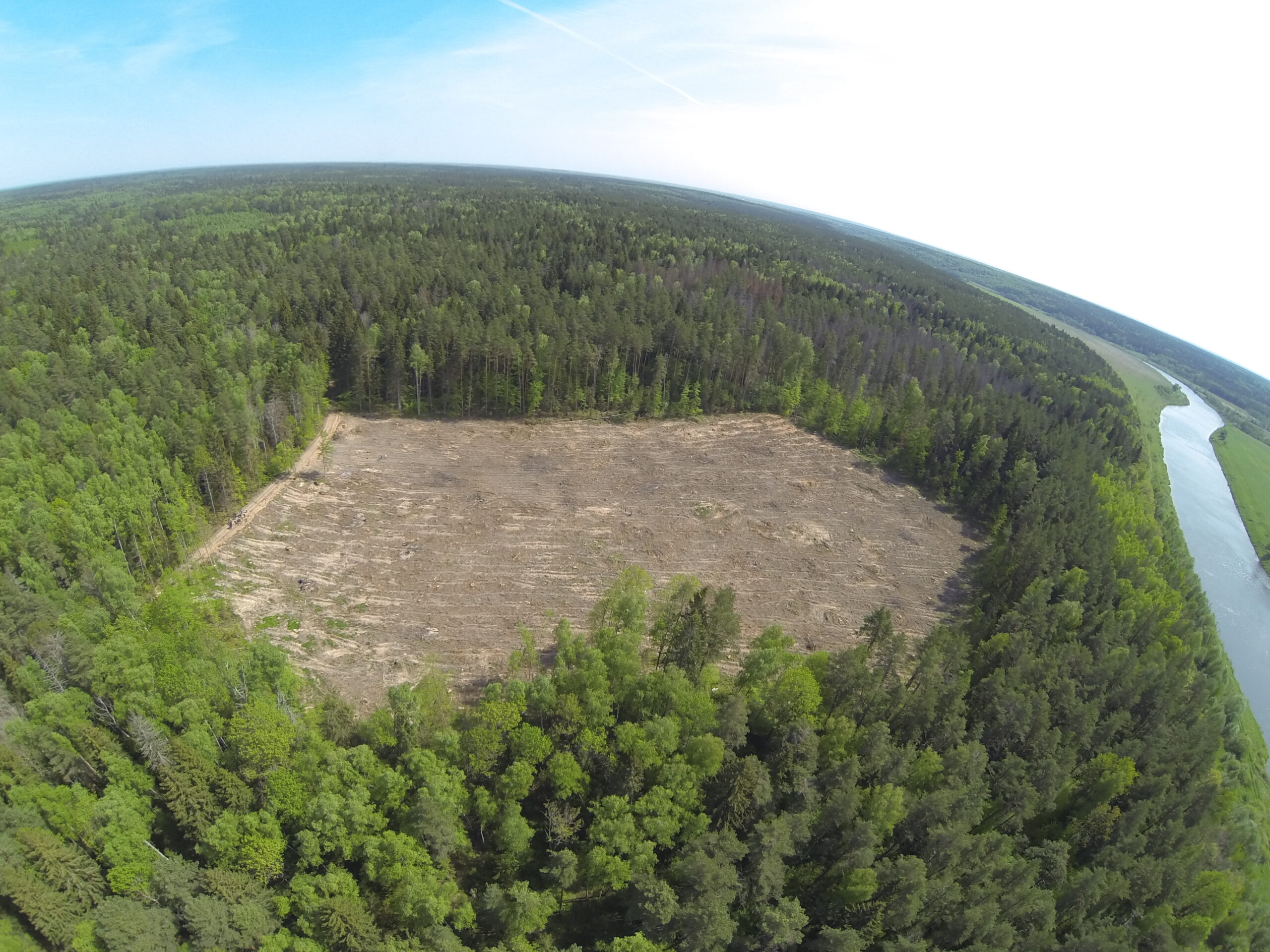
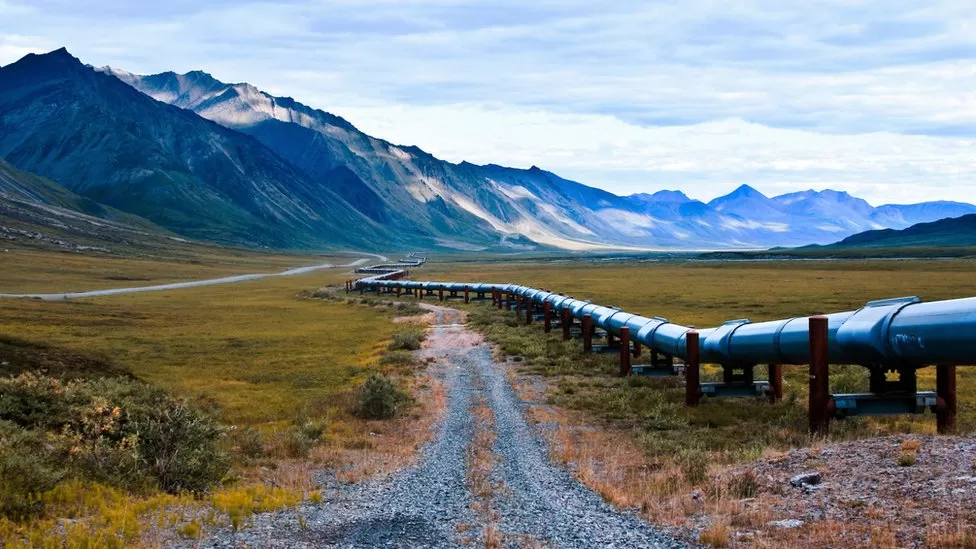
Comments on “International banking projects and restoring the Lower Dnipro’s ecosystems”